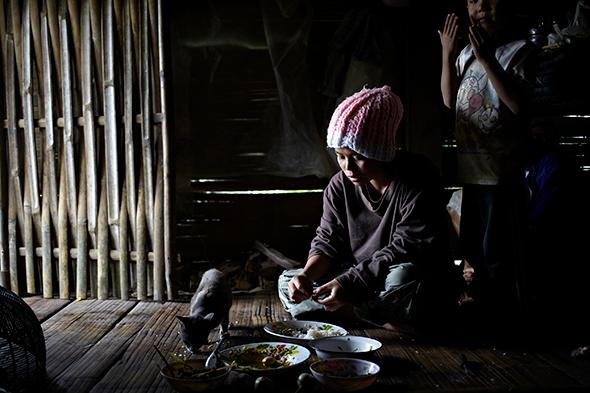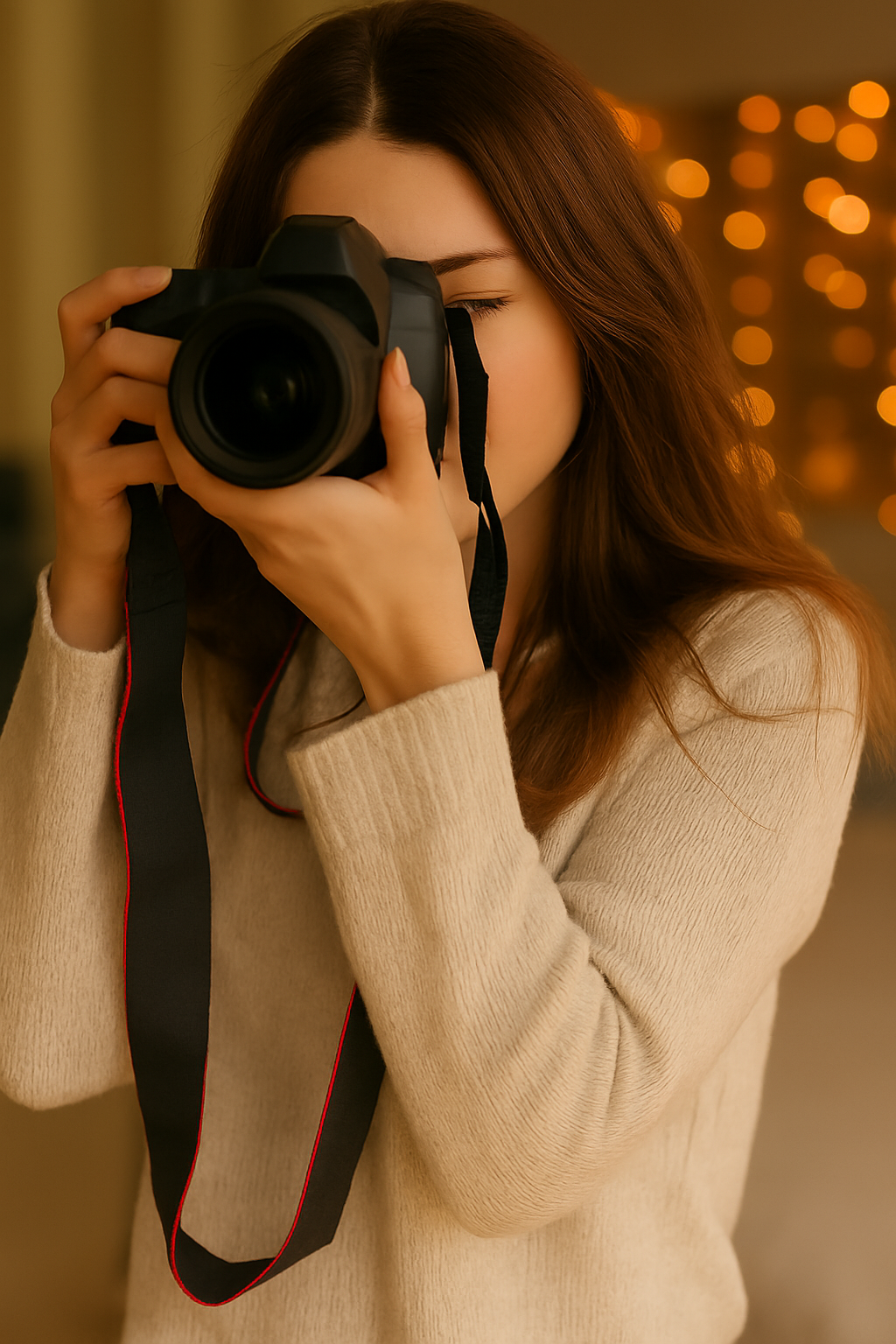In order to take a good photograph, it’s essential to understand the key components which constitute an image. In this blog, I will explain what these fundamental elements are and give you some tips on how to use them effectively to improve the quality of your images.
Image structure
Every image needs a strong base structure in order to attract the viewer's attention from a distance. This structure can be referred to as the fundamental composition of elements. It does not explicitly refer to a particular subject in the image, but rather the basic elements such as shapes, patterns, colours and contrasts. These work together to grab the viewer's attention and act as a gateway to engage the viewer with the finer details of the image.
While most photographers focus on capturing a particular subject, my professional advice is to also focus on the power of the shapes, colours and contrasts. In order to see the overall balance of the elements, try to view your image from a distance, reduce it to a thumbnail or put your eyes slightly out of focus when looking at the image.
Light and colour
Light is the most important base element of any image. Always look for beautiful light because it will make the elements in the image look fabulous. Observe how the direction and colour of light changes throughout the day and alters the appearance of everything in the frame.
Try not to shoot when the sun is high in the sky as this will create a harsh light. Where possible, aim to have your light come from the side as this will add the perception of depth and texture to the image.
Warm colours (e.g. reds and yellows) tend to be noticed before cooler ones (e.g. greens and blues). A good technique to add depth to an image is to place a warmer colour in front of a cooler one. This will accentuate the warmer tone and can make the image more visually interesting. If you find it very difficult to balance the colours in an image, try shooting in black and white.
Connecting with the viewer
A good photograph generates an emotional response from the viewer. This is a powerful element within the photograph and can be as important as the base structure or the use of light. Being able to generate an emotional response in the viewer is also more important than any of the technical aspects of the image (e.g. correct exposure or choice of aperture or shutter speed) as we tend to remember more clearly photographs which connect with us than those which are technically perfect.
Post-production
It's worthwhile remembering that a good image is captured with a camera and not created in post-production. However, we can use tools and techniques to enhance our images. For example, as the viewer's eye is drawn to the brightest areas of an image first, we can emphasise these elements in post-production.
Balancing the composition
At all times, the photographer's goal is to keep the viewer's gaze within the frame of the image. Compose the image with the main elements kept away from the edge of the frame. Keeping the corners and edges relatively dark can further help to prevent the viewer's gaze from leaving the photograph. Concentrate on balancing the fundamental composition of elements and be less concerned about the subject and the details.
There are many elements which constitute a good photograph. By consciously thinking about them when considering your compositions, you can improve the quality of your images. However, above all else, try to develop your own unique style and look for imagery that excites and interests you.

Girl eating lunch, Hill village, Northern Thailand. Canon 5D, 40mm at f2.8. (Image courtesy of Robert Irving)
There are many things I love about this photograph. Firstly, it is the emotion I feel when viewing - it feels so gentle and calm, a peacefulness that creeps into my own soul. I also adore the light and how directional it is. Most of the image is underexposed, leaving much darkness and negative space, which when explored adds to the narrative.

